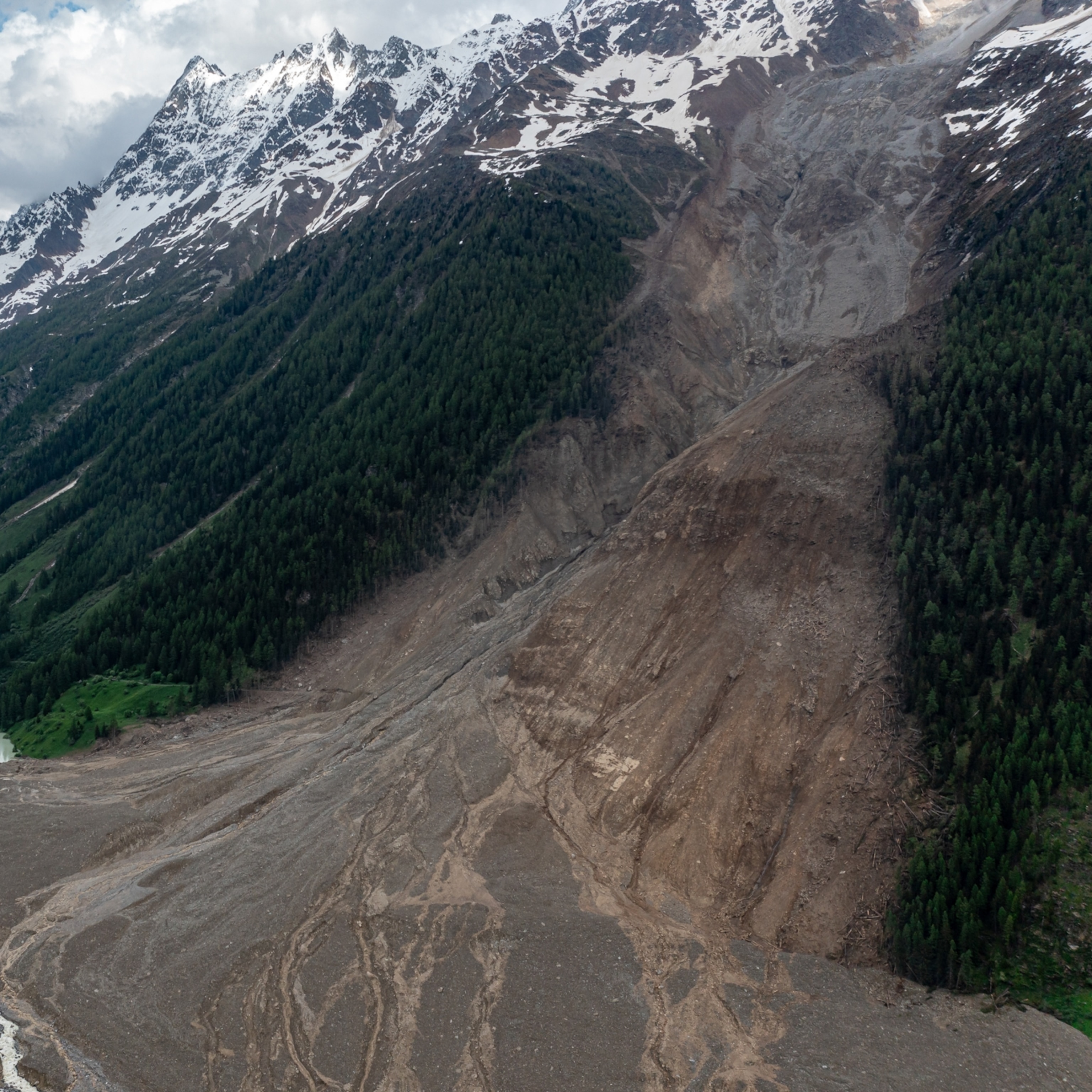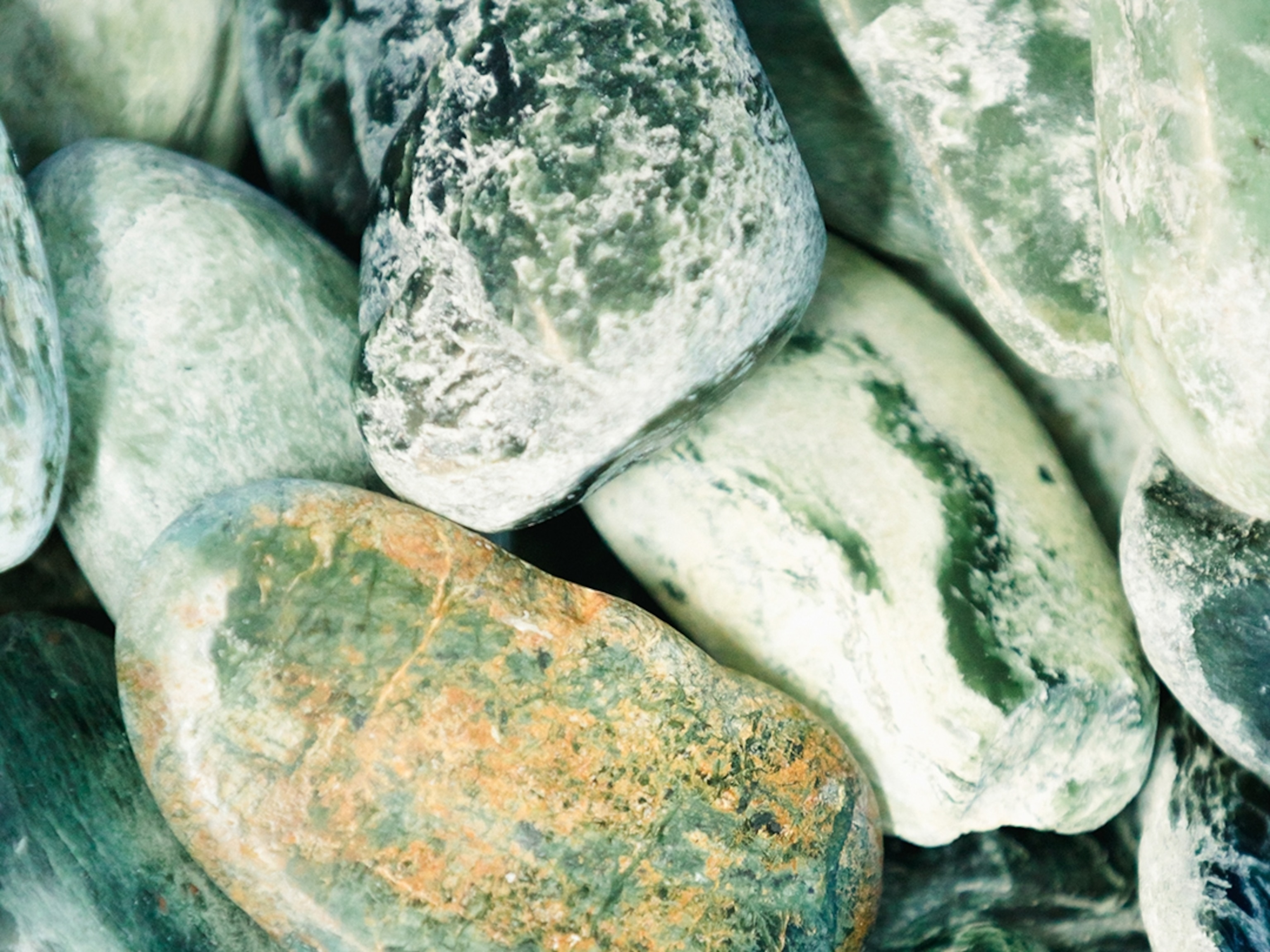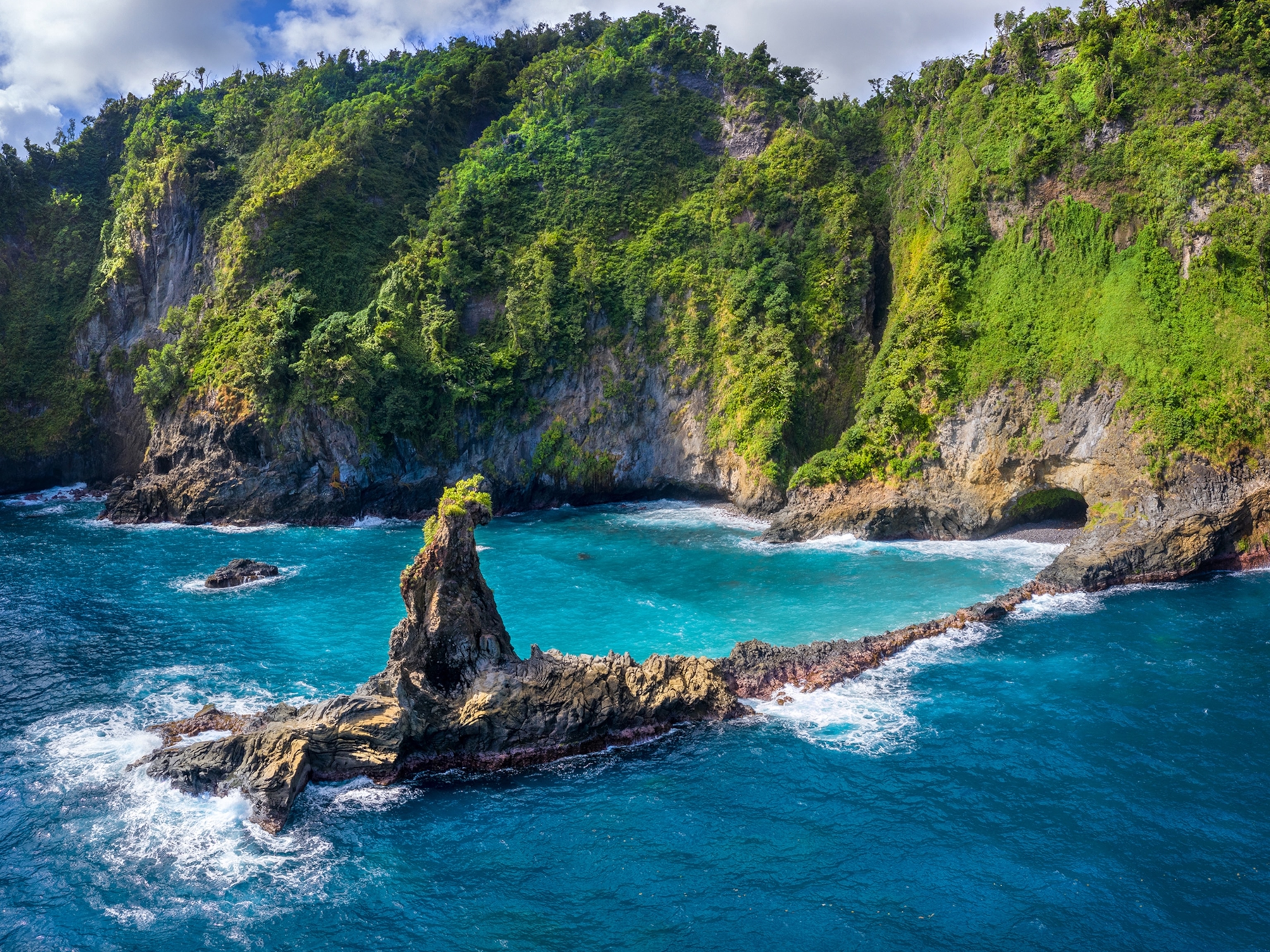
As Scientists Examine Landslide, Questions About Logging's Potential Role
While there is no "smoking gun," clear-cutting and river erosion emerge as possible contributors.
Scientists hoping to better understand what triggered the tragic landslide in western Washington are eyeing two prime suspects: rising groundwater that weakened slide-prone soils, perhaps exacerbated by logging; and the Stillaguamish River, which persistently chewed away at the bottom of the hillside.
The March 22 landslide wiped out an entire neighborhood near the small town of Oso, leaving at least 27 dead and another 22 missing. But answers to what caused the hillside to come thundering down that Saturday morning remain elusive. (See "Mudslides Explained: Behind the Washington State Disaster.")
Even as the search for victims continues, researchers are preparing to descend on the mountain to conduct a post mortem of the slide. They want to figure out what set the giant slide loose, to see if anything can be done to prevent such disasters in the future, and to learn if human activities played a part in triggering it.
"We have a full-scale laboratory experiment—of course, a very tragic one—and we can learn a lot," said Joseph Wartman, a civil engineer at the University of Washington in Seattle. He is co-leader of a six-person team from a group financed by the National Science Foundation called the Geotechnical Extreme Events Reconnaissance Association. He hopes to go to the site later this week.
The geology in the Stillaguamish River Valley is a recipe for landslides. Loose sand and gravel, deposited by rivers draining glaciers during the last ice age, sit on a clay layer that stubbornly resists soaking up water. An unusually rainy month—like this March—can create more water pressure in the ground as water pools above the clay. That can weaken the forces holding together a steep slope, leaving it vulnerable to collapse.
Add to that a river that has historically eroded the edge of the hillside as it cuts its way downstream. That can also eventually set off a landslide, like pulling out one too many blocks in a game of Jenga.
Some are also asking if logging could have helped deliver a final nudge. The plateau above the slope has been logged repeatedly over the last century, and the hillside slid numerous times on a smaller scale.
Long History of Logging and Landslides
Starting in the late 1980s, local Indian tribes concerned about landslides hurting salmon in the Stillaguamish pressured state regulators to block landowners from logging near the slope's edge.
A 1988 geomorphologist's report noted an apparent pattern of logging followed within years by landslides. The slope slid in the 1950s, 1967, 1988, the 1990s, and again in 2006, shortly after it was logged in 2005.
In the late 1990s, Daniel J. Miller, a Seattle geomorphologist, tested this theory with a computer model to get a clearer picture of how water moved through soil on the mountainside and how logging might influence that.
He and a colleague found that clear-cutting all the forest on land where rain is absorbed and funneled onto the hillside would increase the risk of a slide by up to 30 percent in some spots.
Trees act like sponges, catching rain before it hits the ground or soaking it up from the soil. Clear-cut logging could result in as much as a 51 percent increase in the amount of water seeping into the ground, according to the model.
Attention has fallen partly on a 7.5-acre triangle of land logged a decade ago. The Seattle Times reported on Monday that 5 acres of that land lay inside a boundary meant to protect groundwater areas that could destabilize the slope.
Miller, whose research established that boundary, said the additional logging might not have made a big enough difference. "The analysis suggests that that could have an impact on the landslide. It would be a small impact," he said. (See "Washington Mudslide's Speed Led to High Death Toll.")
No Clear Data on Clear-Cutting
Teasing out the role of logging on landslides that run deep is particularly tricky, said Josh Roering, a geomorphologist at the University of Oregon, Eugene, who has done extensive studies of logging and landslides. "I can't even put my finger on a really clear, defensible, definitive study that says 'Yes, logging matters for deep-seated landslides,'" he said.
There's a widely recognized link between logging and shallow debris flows, in which a muddy slurry fed by soil near the surface runs downhill in a destructive torrent, he said. Logging can remove trees whose roots help anchor the soil in place.
But deep landslides like the one in Oso are more rare, and they haven't received the kind of attention that might illuminate what sets them off, he said.
Roering studied one such slide that blocked the California highway connecting Sacramento to South Lake Tahoe in the 1990s. Researchers installed monitors in an adjacent slope to see what would happen. When it rained, the slope oozed faster, but it never cut loose. They were stumped about what would trigger it.
Wartman hopes it could be different this time, because the hillside above Oso has already been studied closely. His team is trying to get on the scene as soon as possible to collect clues.
He wants to examine the layers of sediment as repair crews slice through the mess to free the buried state highway. He hopes to map key features on the hillside, where the landslide flowed, and where the flow deposited the houses it destroyed.
Wartman is working to get a look at before-and-after satellite images, as well as new maps created with LIDAR, a kind of radar that looks through vegetation and reveals the ground beneath. Nearby seismographs could help trace the sequence of events that day.
"The question is, 'What was the trigger? What was the threshold that was exceeded?'" Wartman said. "Whether we will be able to know that, I'm not sure."








